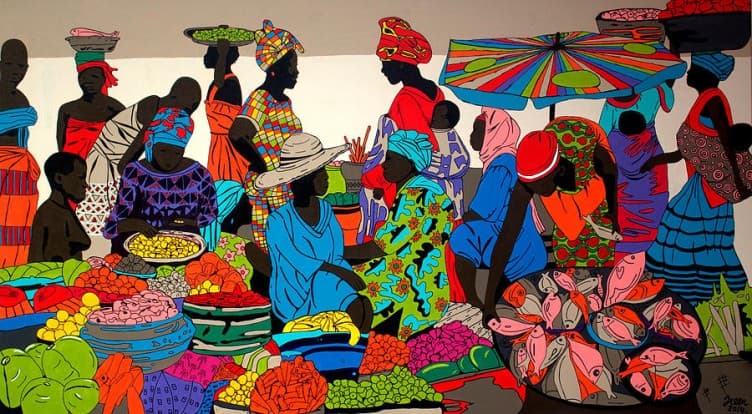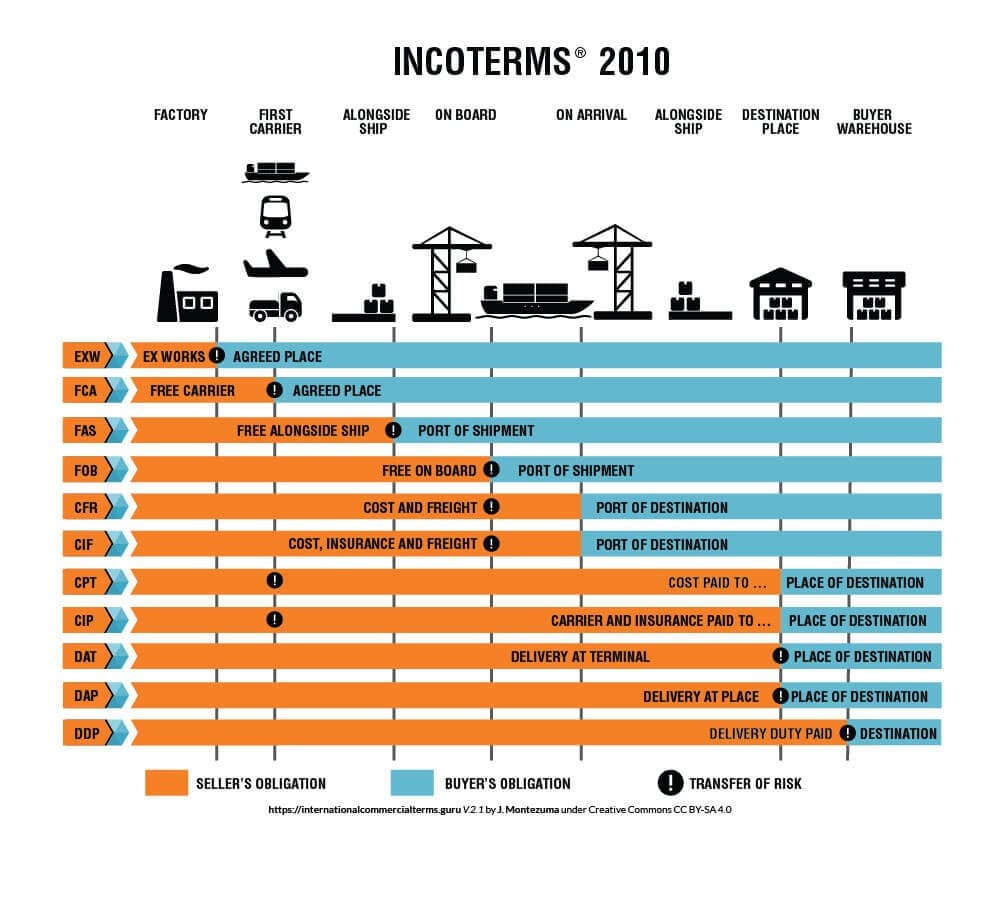Reflecting on 2 years at an African Marketplace

I left Canada for Spain in search of adventure and something new. I joined WaystoCap (YC W17), the largest B2B marketplace focused on Africa.
When I first joined, we focused on cross-border trade. Large exporters and large importers. We also had a logistics service business and a local business similar to Amazon FBA. We had WaystoCap.com and a backend office to service new requests for quotes (RFQ).
I learned all about international trade, the various incoterms and the negotiation process to close deals.

About 1 year in, Local became our number one priority. We had local offices in Benin, Ivory Coast, Togo, Burkina Faso and Morocco. We sourced products from large cross-border suppliers AND local suppliers.
On the product side, this was a major shift in focus, and new challenges. But, also a lot of the same.
It was an incredible journey to be a part of WaystoCap.
I'd like to share the insights and lessons I learned building products and technology the 2 years that I worked at WaystoCap.
Insights and lessons
In no particular order.
The Offline world is dirty
There are no fixed margins. The buying market prices products. Whether you make a profit or not. You will run out of business fast if you think you can buy products, and sell them at a fixed 5% margin on all of them. The market doesn't care what your cost was, some products you will sell at a loss and some you will sell at a profit.
Bargaining, haggling, discounts, variable pricing is a way of life. It has major consequences on software design decisions. Think you can copy Stripe or Shopify's data model, think again.
Not everyone has an email or a phone. Coming from North America, everyone has all these. In NA, the de facto unique identifier for users is their email.
Not everyone has an address. No address? How do you deliver to someone who doesn't have an address? In some of our markets we are able to solve this with technology using geolocation AND a photo of the shop. In other markets, culture stops us from solving this with technology. (See Trust below)
Every market is different
Some markets are accustomed to bargaining. If you put a low price with no bargaining, you will lose out on customers. Depending on the market, we hide prices. Or we put a price high enough that we have room to bargain but not too high to lose out on customers.
Markets have different price sensitivity. Even within cities, there are zones that are very price-sensitive and others that are not.
Trust. We use geolocation and photos for deliveries to shops that have no addresses. Some countries, they are afraid of their government tracking them, they will not submit their address or geolocation. In one country, nobody even gives us their real name! All our customers have names like "Maman Baba".
Language. Across Africa there are many many languages. We are able to cover most regions with French, English and Arabic.
Literacy. Not everyone can read! Literacy rates in Benin are 42.4%, compared to Togo with 63.7% and Morocco with 73.8%. It does not mean they are incapable of running a business! We use more images and icons in our local apps.
Images. Speaking of images, not everyone knows what a shopping cart is! The shopping cart icon is the de facto checkout sign for e-commerce websites. A lot of African markets do not have big grocery stores with shopping carts so they don't know what it is!
Technology usage. In our survey in Benin, 92% of shop owners had never made a purchase online. There's no building #virality into our products or spending effort marketing online. The priority becomes enabling sales agents to sell more! Compare this to Casablanca. We had organic app growth through word-of-mouth within months of entering the market! It's still sales agent led, but, there is value to work on building features for our end-users and offering incentives to sign up/repurchase.
Your African strategy needs people on the ground. Africa is informal, the locals know best. Successful African businesses have agent networks in the thousands.
Tech
Our data model is our most important asset. We need an extremely flexible data model to handle all the particularities of international trade, bargaining, and our quick iteration cycles. We developed certain patterns in our data model which have given us great flexibility. By spending extra time upfront on our data model, we moved faster on our core interfaces.
Mongo has been the right choice for us. When I first joined, I had my opinions (preferences) about databases, and I wanted to move us away from Mongo. I often get reminded of how great a choice Mongo has been for us. We are constantly iterating, making changes to the data schema and indexes - and it's a breeze.
Relational Database theories from school still apply with NoSQL. Working in mongo, it's easy to keep adding fields to existing collections. After normalizing our data model, we were able to move faster and break less things. Now we normalize opportunistically.
Process
Automate the mundane. These are your weapons of mass automation. Form builders, UI builders, CI/CD, no code solutions, Zapier, webhooks, headless content management systems.
Find or Build tools for other departments to not need developer resources. Find no code solutions for your marketing team to build and change pages without using developers. Build feature toggling capabilities to handle common custom functionality between clients. Make drop-down options a configurable list so admins can edit options. Make configurable fields for ever changing collections.
Don't automate too early. Automating too early can produce blockers. Start with free text fields for inputs, use drop downs and fixed inputs after collecting data. For new (large) features, work with the business side to figure it out first using a spreadsheet.
Do things that don't scale. For new operations, start with spreadsheets. Once the operations have matured, review those spreadsheets for product insights. This is usually when the process is clear and the team can't keep up with the workload.
Prioritization. Rank work items based on impact, confidence of that impact and ease. For WaysToCap this tends to be the generic order of things:
- Fix bugs blocking customers
- Fix bugs blocking employees
- Small changes that enable employees to do their work faster
- Launch new features
To conclude, it was an amazing experience working for WaystoCap. We faced challenges that I would have never encountered working in Canada. I learned a lot. I was able to lead a variety of different projects and initiatives.
Thank you everyone who made my time there an experience of a lifetime.